Preserving the ancient Artisan traditions of her ancestors, Maribel and her husband, Jorge, create beautiful amate art from the bark of local trees that grow near their village in Mexico.
(Read Time: 2 min.)
How It’s Made
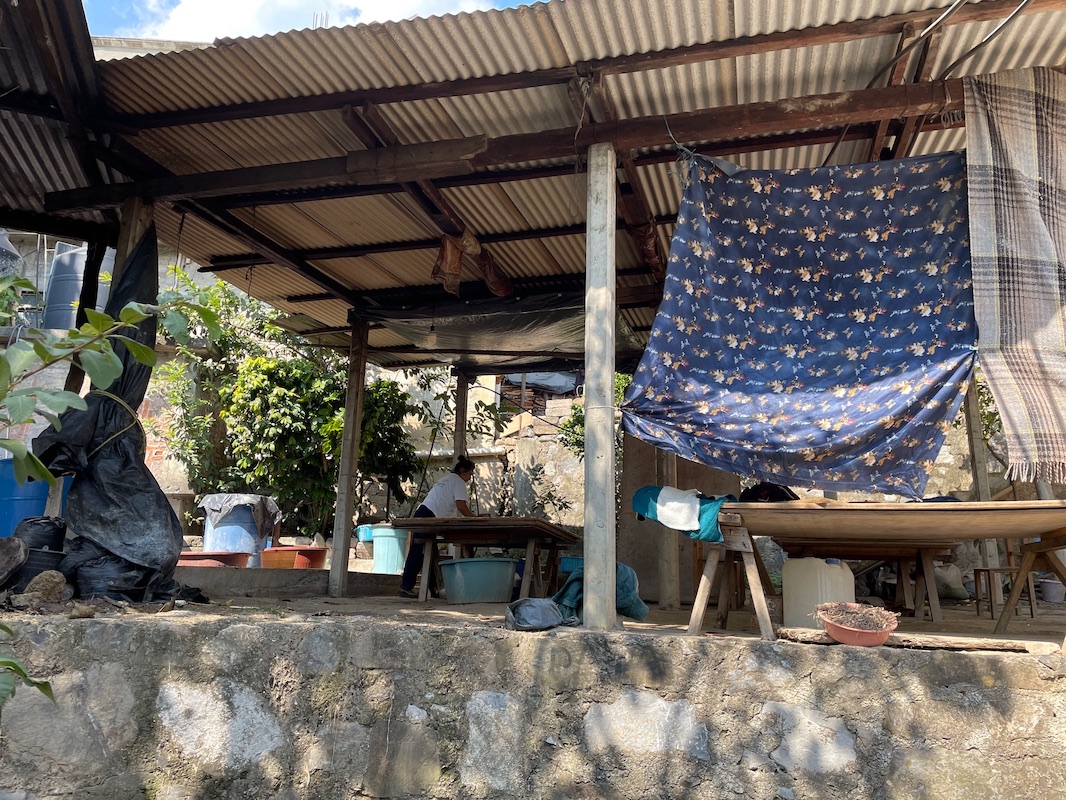
Choosing the Best Tree Bark
“Amate is pulled from the cuttings of the tree called Cream Micrante Blume or the Jonote Colorado tree.
This type of tree grows in the coffee zones of Mexico.
We choose trees that are between four to six years old in maturity.
We calculate 40 cm (about 16 inches) from the trunk, and we do a cutting of the outside of the tree in a circular motion until we get six to eight strips of cutting.
The first cutting is the outside of the tree, which we keep to put back after the process is done.
The inside – the white part – is what we use to dehydrate to make the art.
Transforming the Natural Tree Bark
To dehydrate the bark, we put it out in the sun. After it’s dehydrated, we boil water (220 liters – about 60 gallons) and add 110 kilos of cuttings (that’s about 5 to 6 tree cuttings which equals around 243 pounds.)
Then we add natural talc and ash to soften it. We stir it 3 to 4 times during this process.
After boiling for 8 hours, it cools all night and the next day we wash it 3 times to remove the resin and it comes out clean and white again.
We divide the best part of the material that is soft and clean and are left with about 90 kilos (about 24 gallons) of good working material. Then we put the material out in the sun to whiten even more.
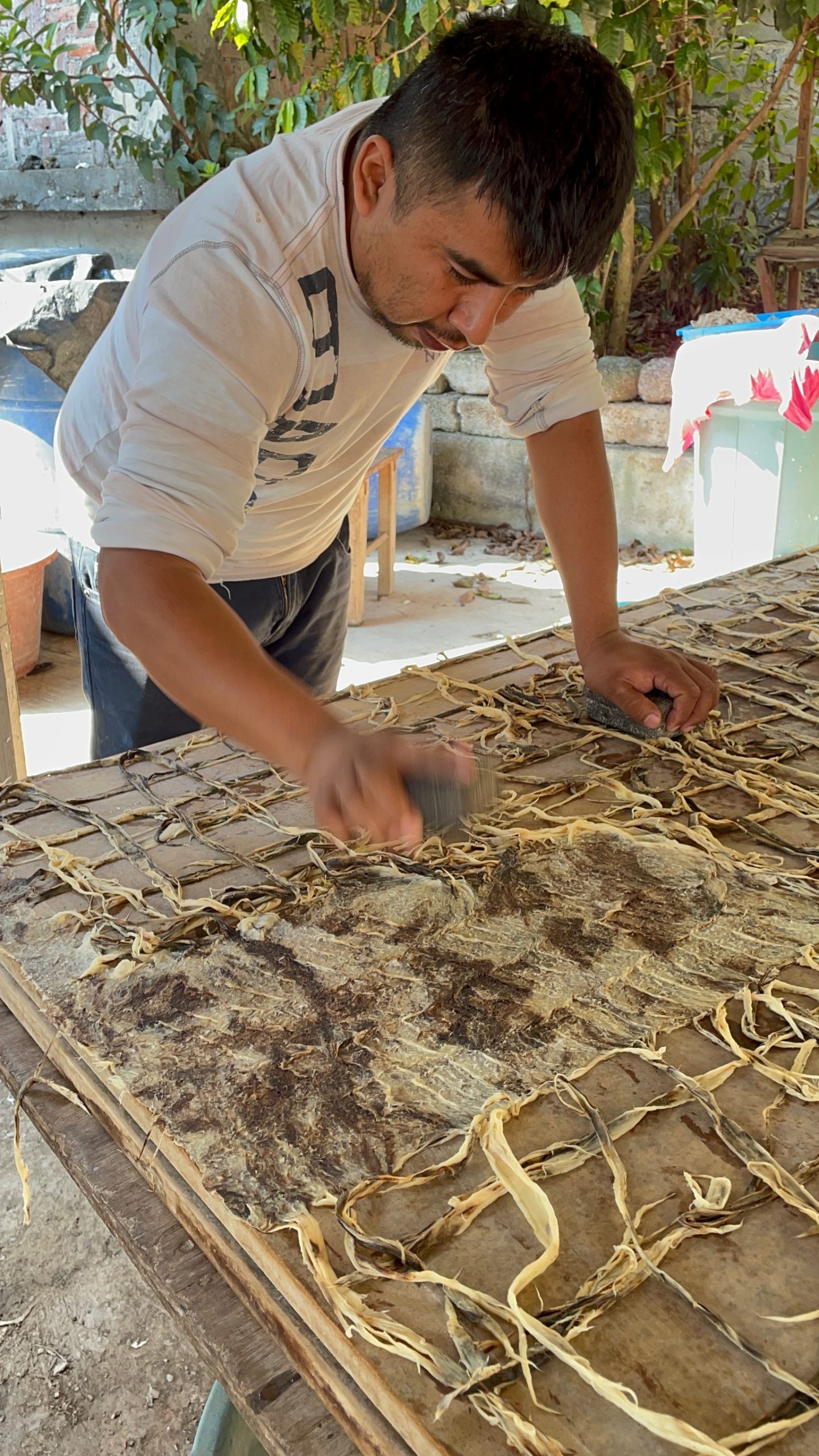
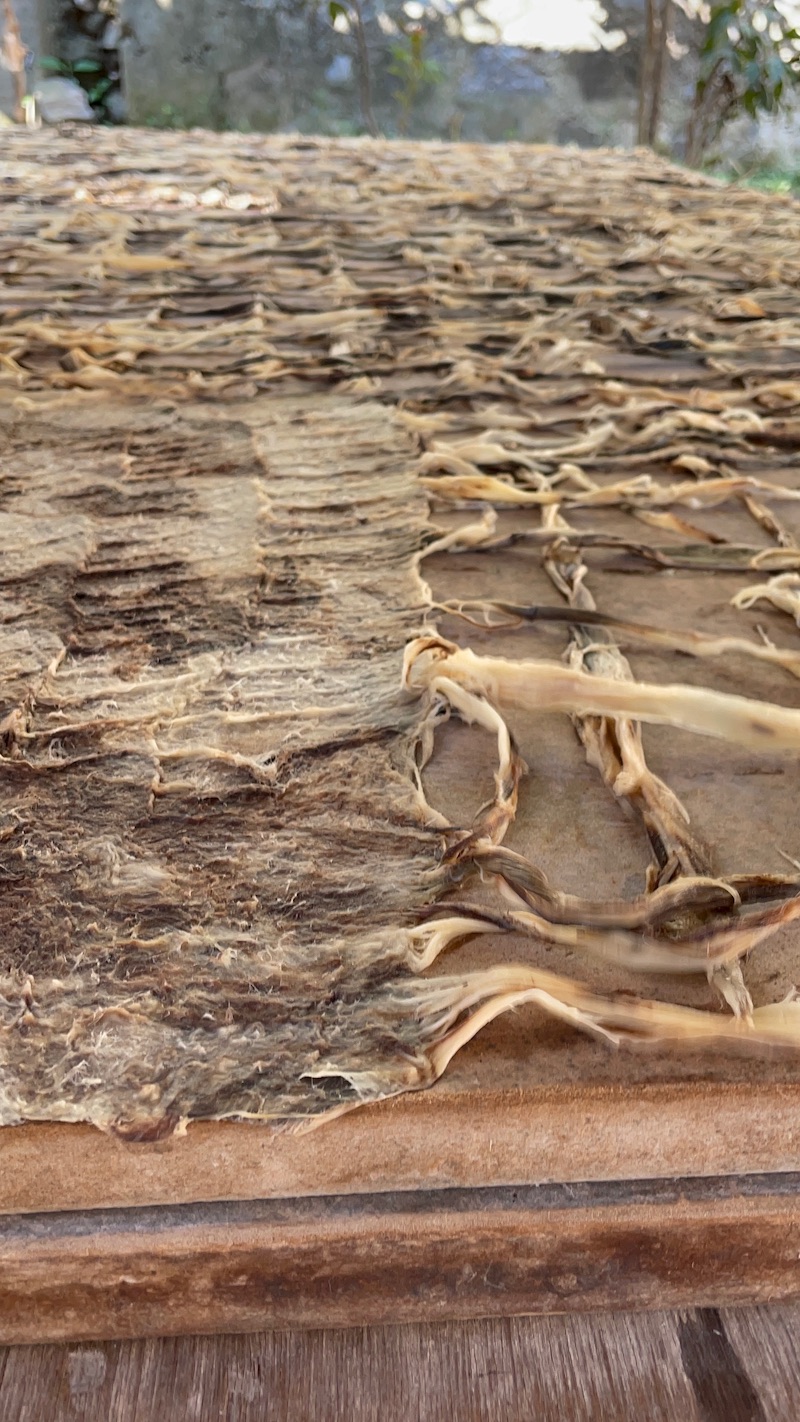
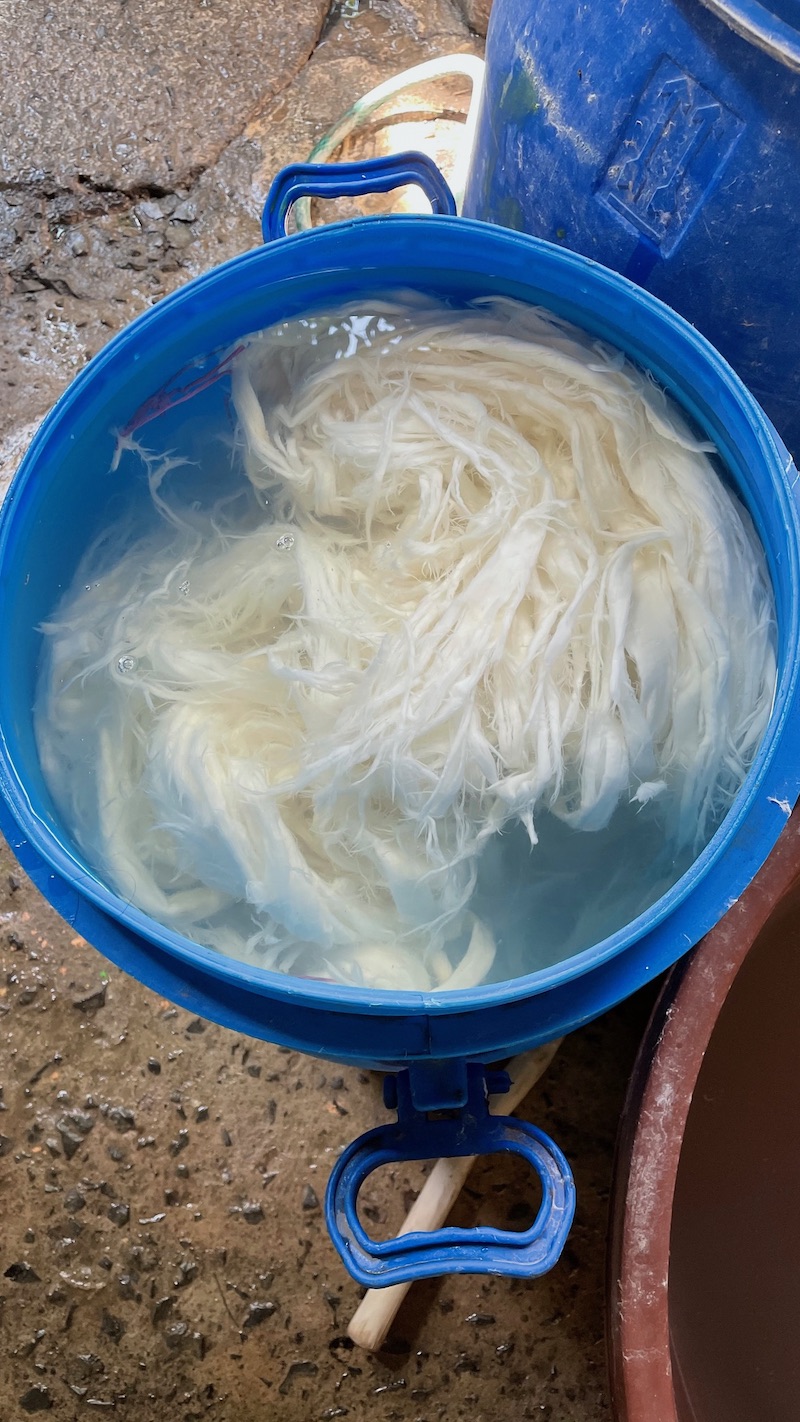
The Artisans in Maribel and Jorge’s amate art workshop practice the same Artisan techniques as their ancient ancestors.
Creating Art from Paper Pulp
We then wash it out one more time and start putting the pieces in a flat surface piece. If there are designs needing strips, we create them during this step and lay them down on the flat surface.
Each strip is rolled between our fingers to make sure they bind together well.
Then we use a special stone called ‘Nmdudho’ in Otomi, and with very precise taps we compact the material down making sure it stays uniform and the same thickness throughout.
The corners are folded to reinforce them. On the parts of design that needs to be very flat, we take orange peels and rub them on the pieces to make sure the pores are eliminated.
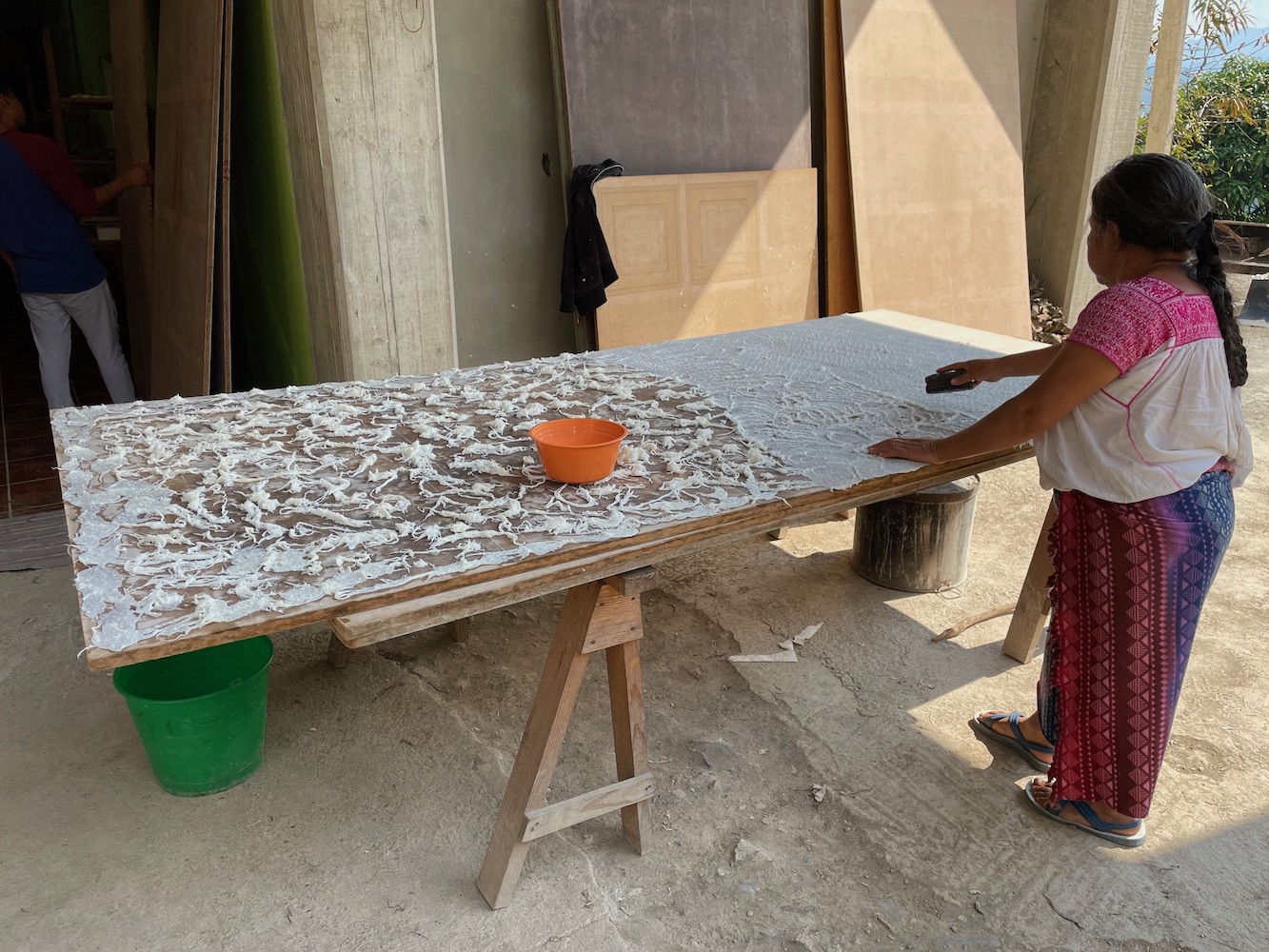
Maribel and Jorge’s amate art workshop supports several local families in their rural village in Mexico.
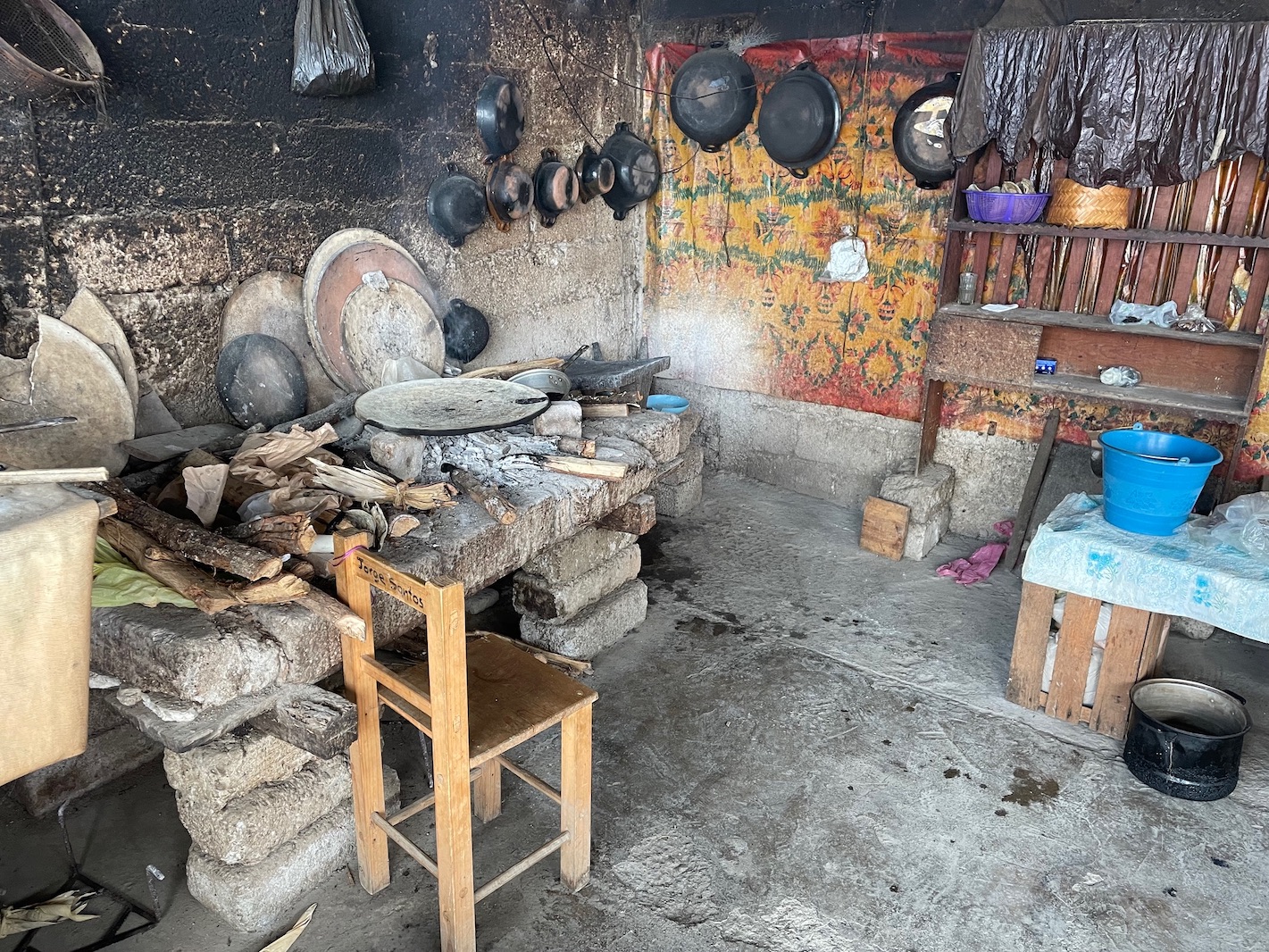
Maribel and Jorge’s amate art workshop is filled with authentic reflections of the workshops once used by ancient Aztec amate paper Artisans in Mexico.
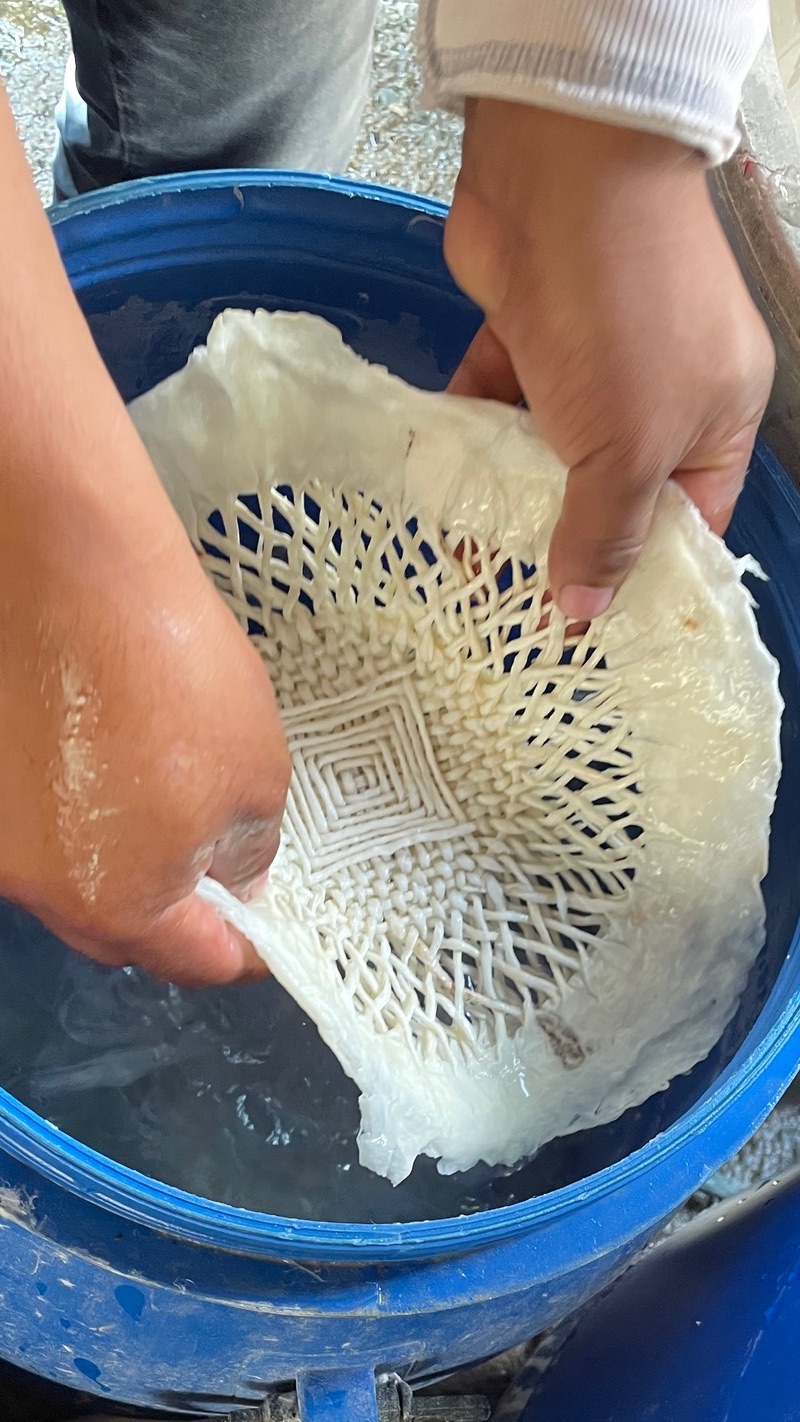
How It’s Changing Lives
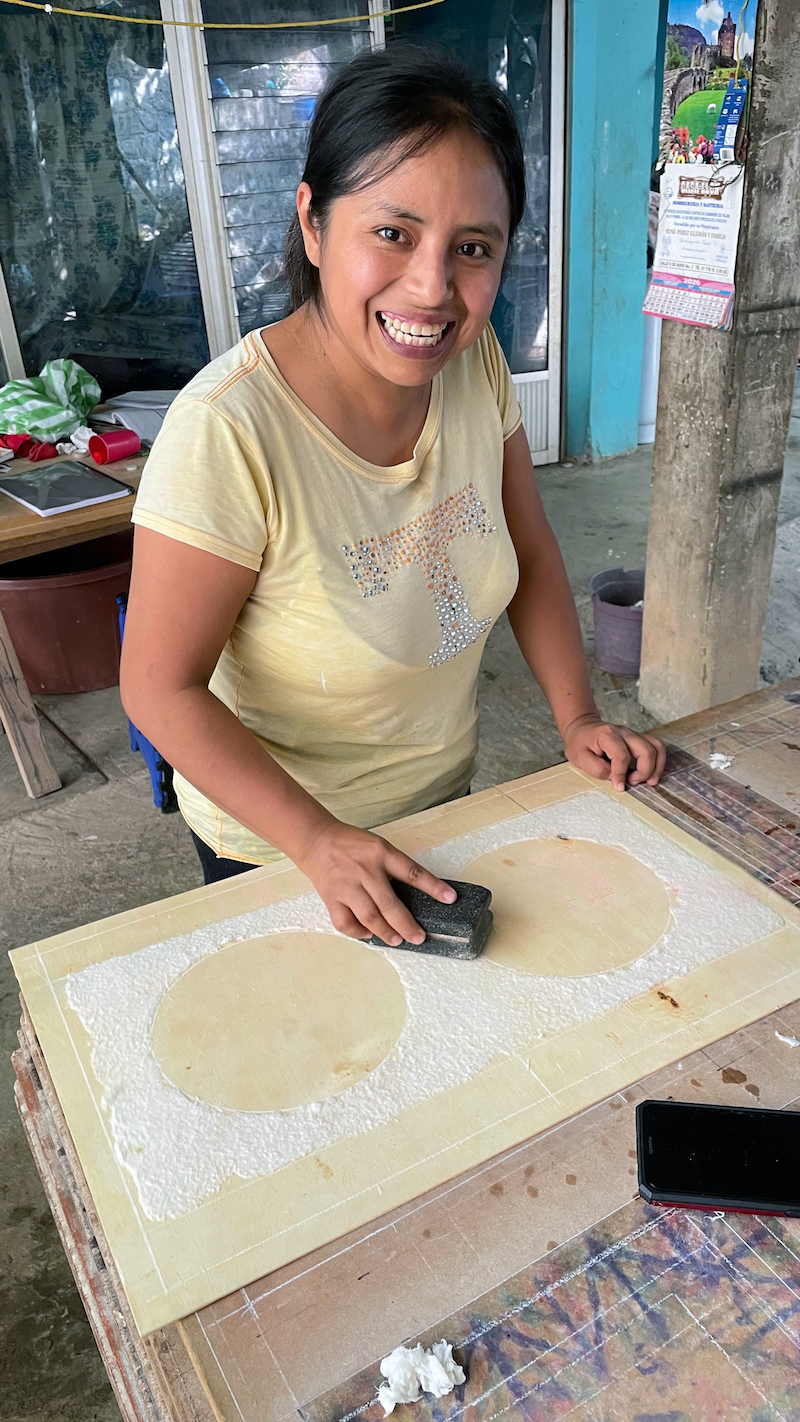
Once this is done, we put it out in the sun for 12-18 hours.
We remove the pieces from the wood back piece that holds them together and then we are done!”
– Maribel & Jorge, Amate Art Artisans in Mexico
It takes 4 Artisans between 10 and 12 hours to create 16 pieces of Amate art.
Trades of Hope’s Amate Art helps provide jobs for 12 people in Maribel’s and Jorge’s community – directly impacting and supporting 3 local families.
More Mexico Blogs
Click on each photo below to discover more about our Artisan partners and products in MEXICO.

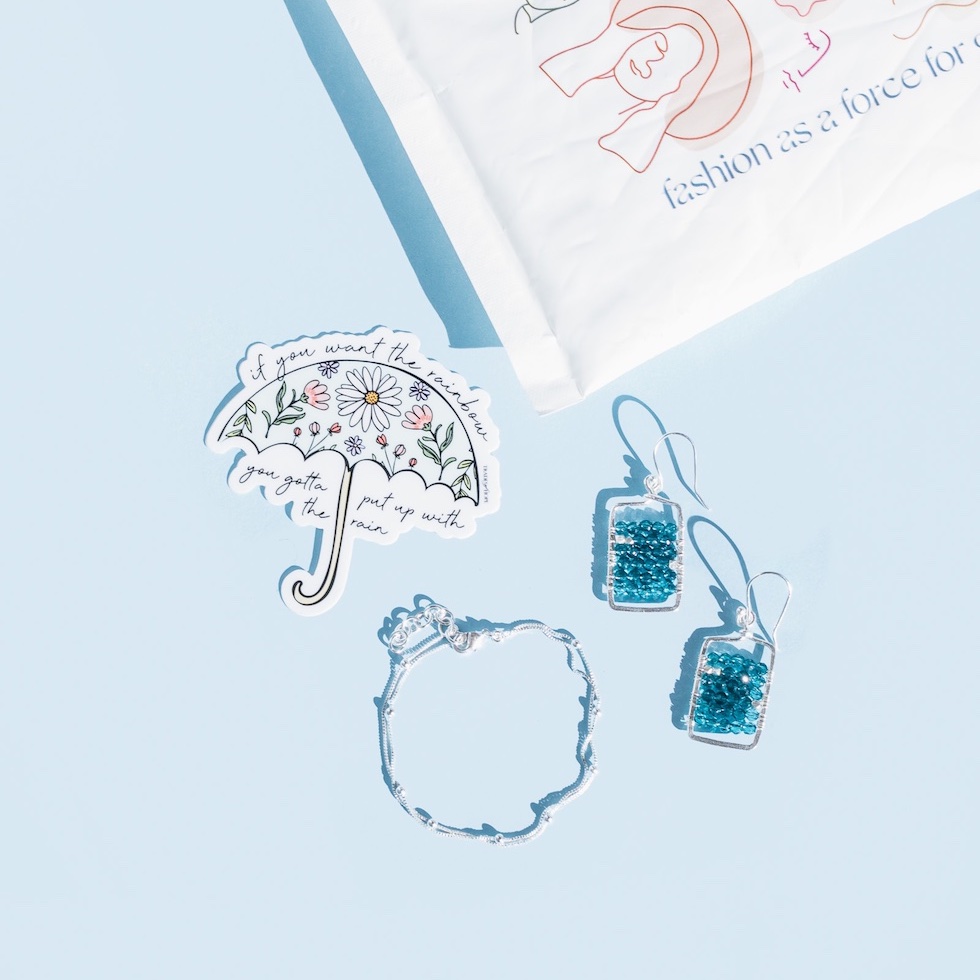

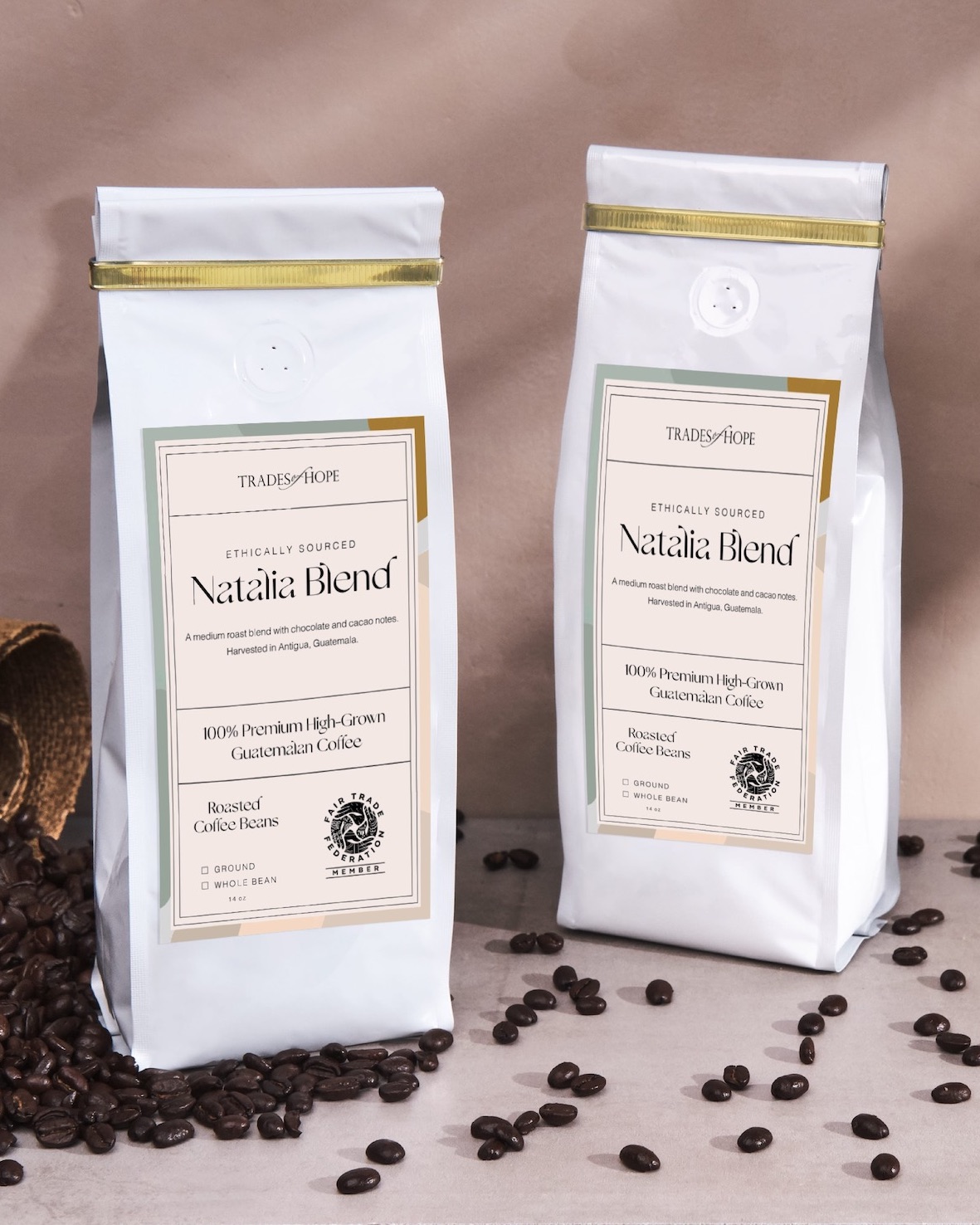
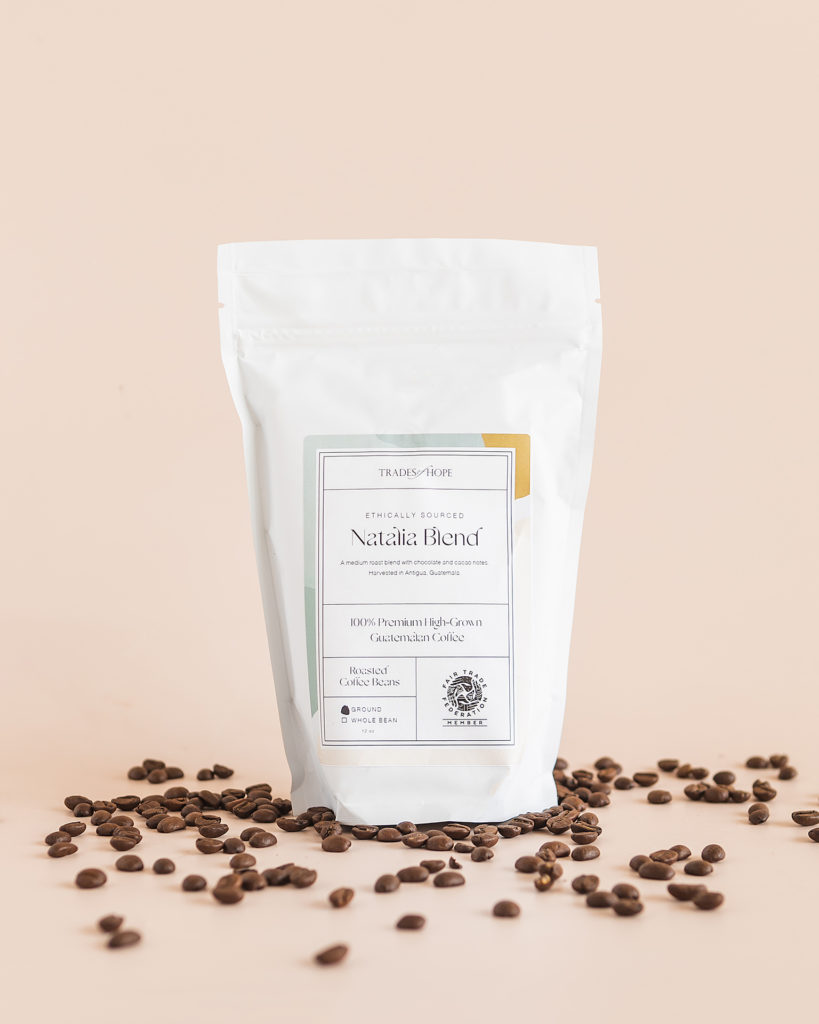
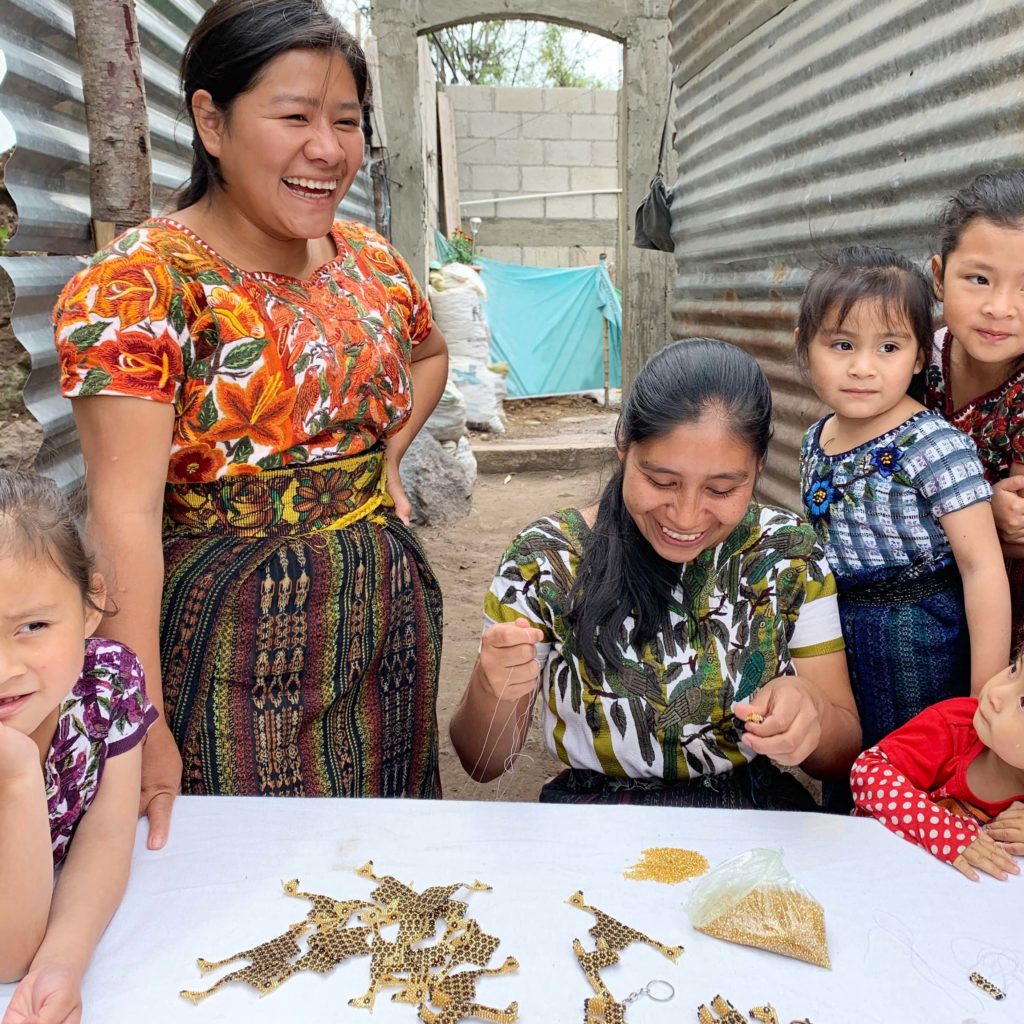

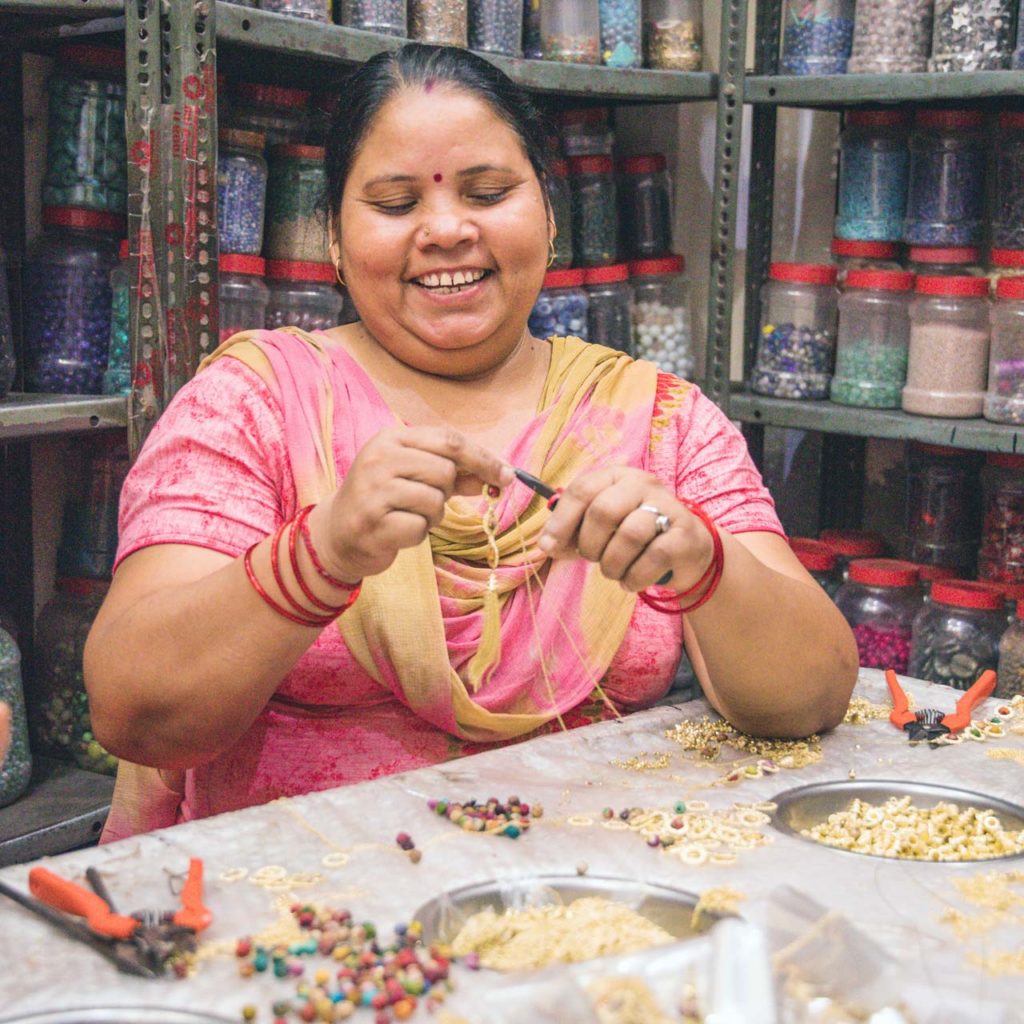
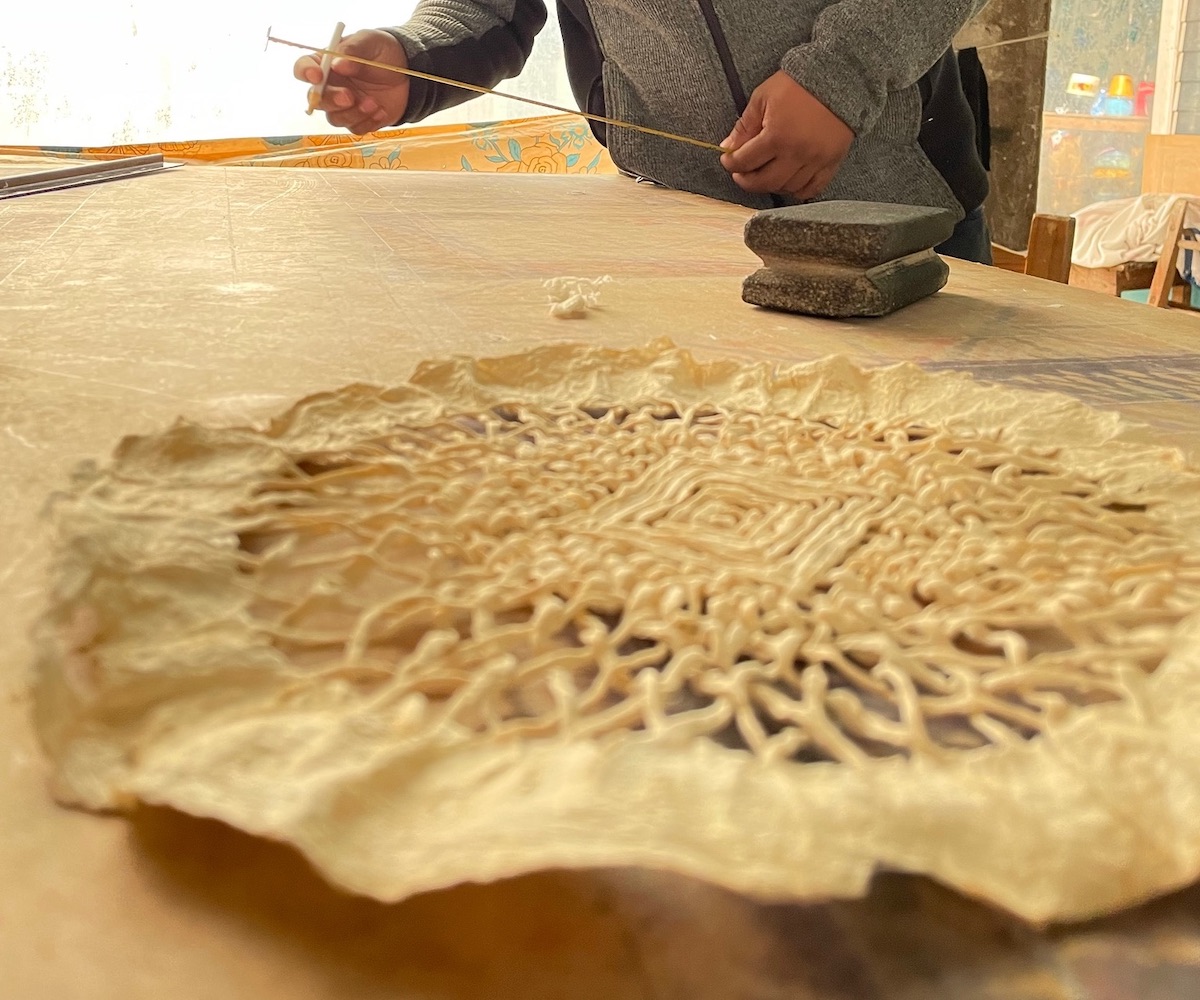
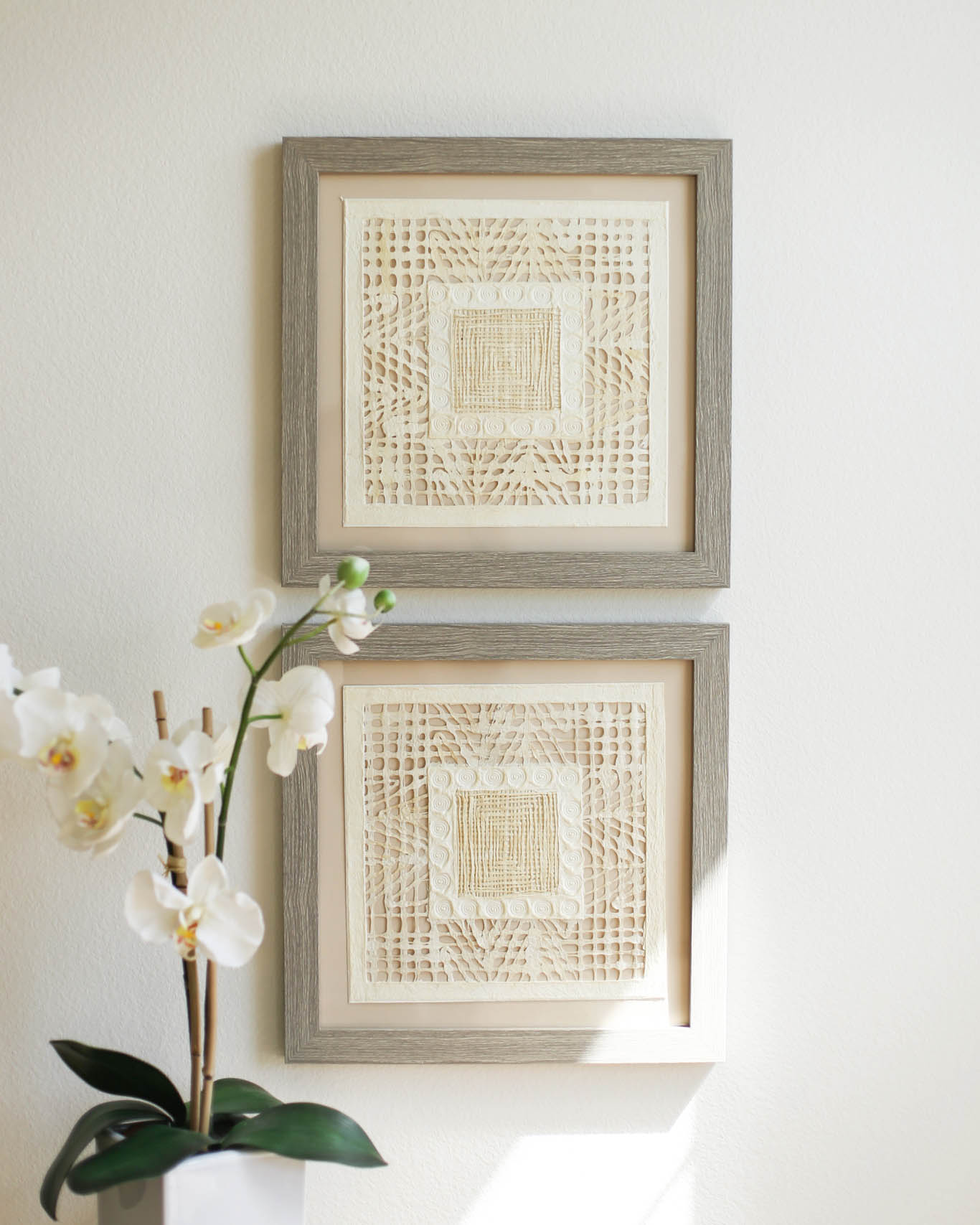
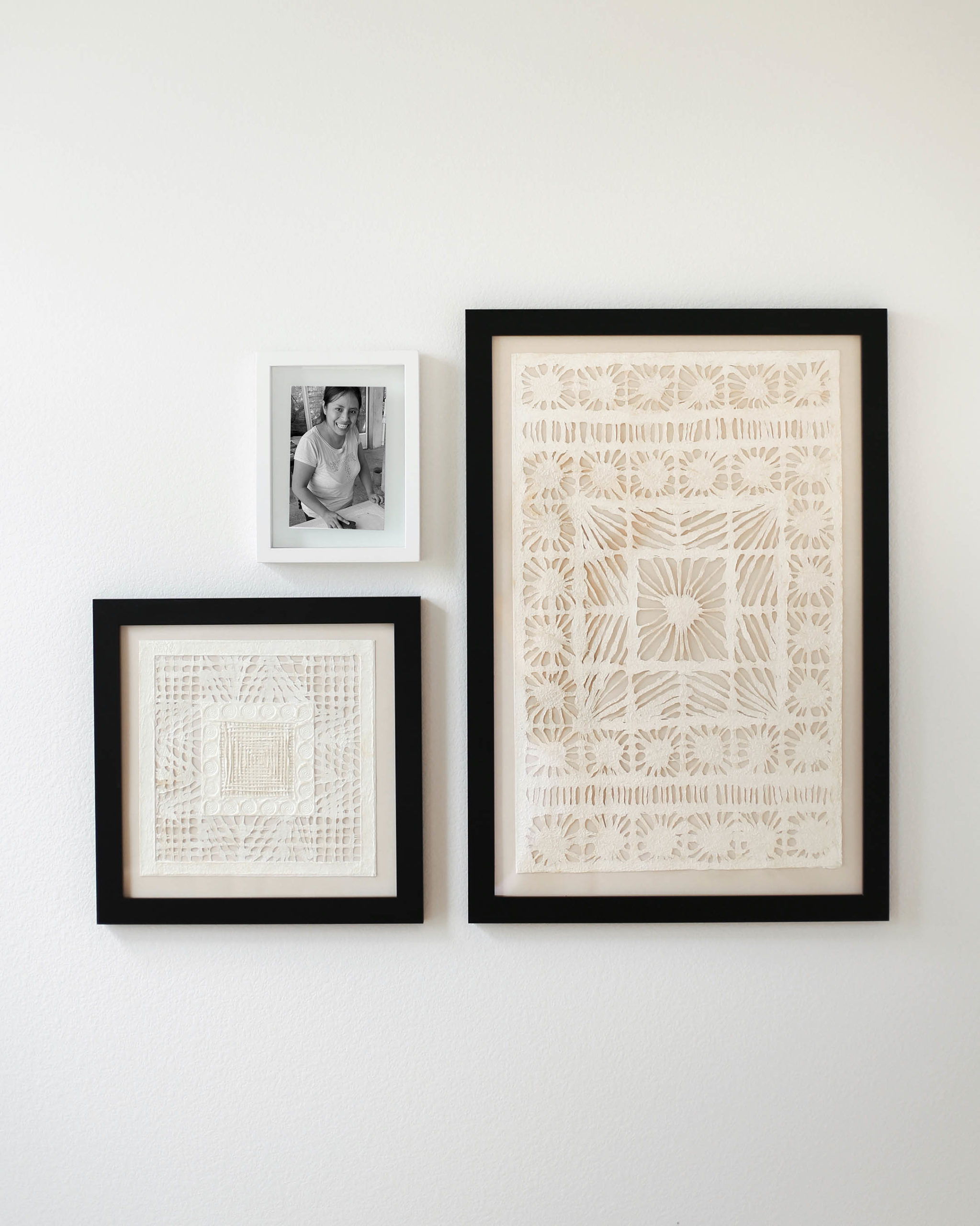
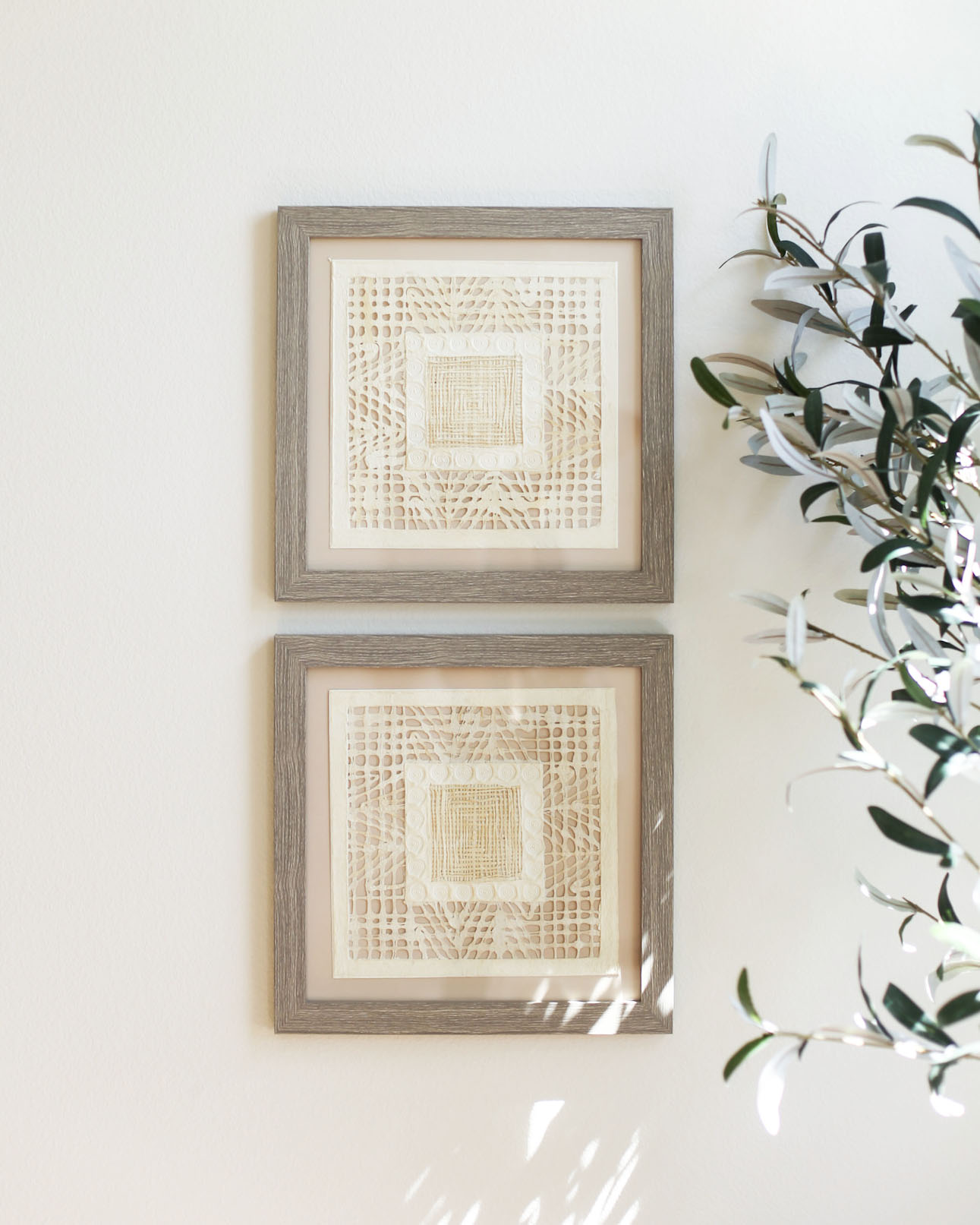
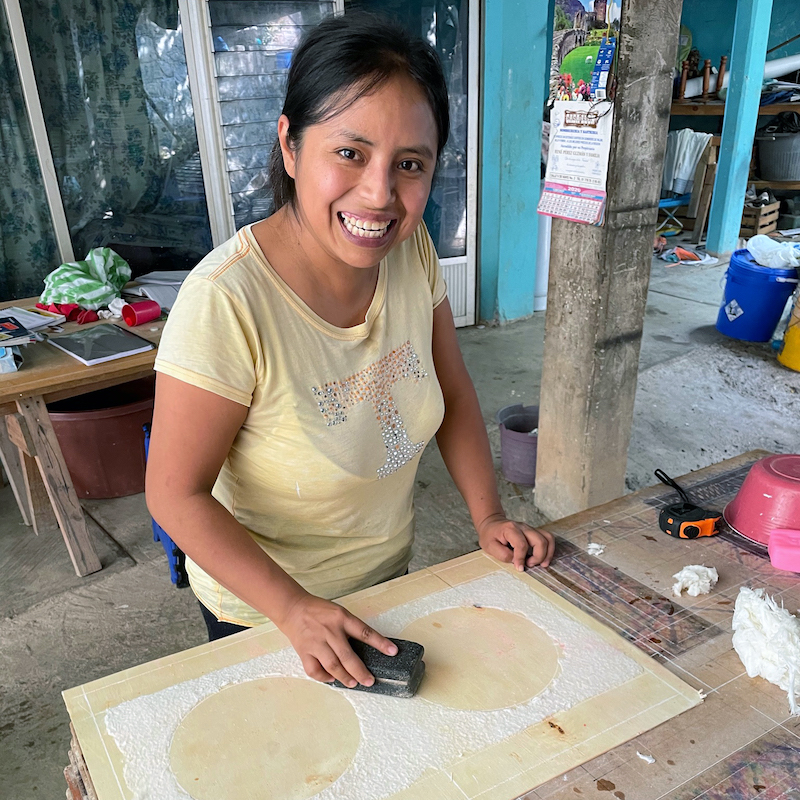

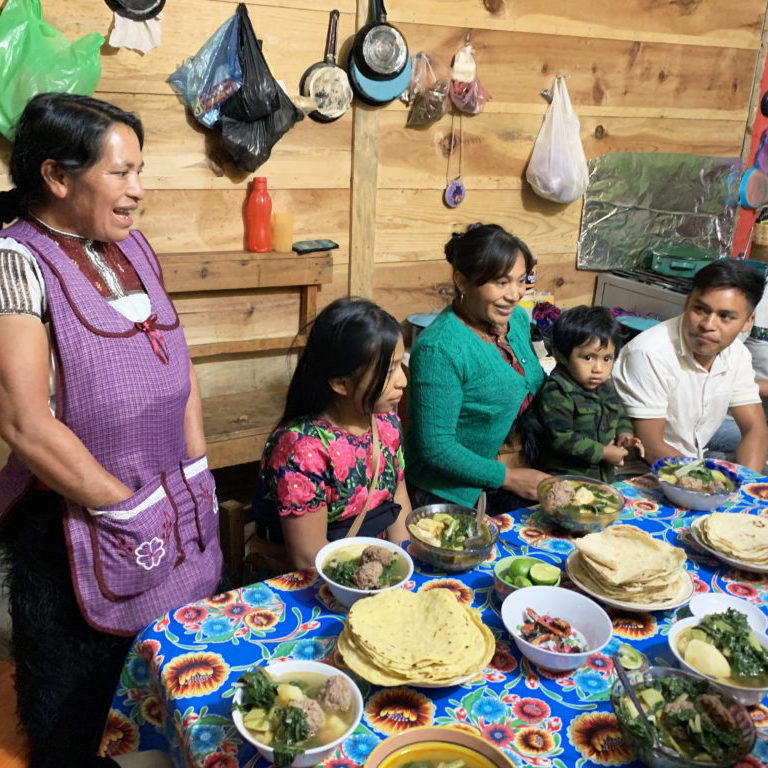
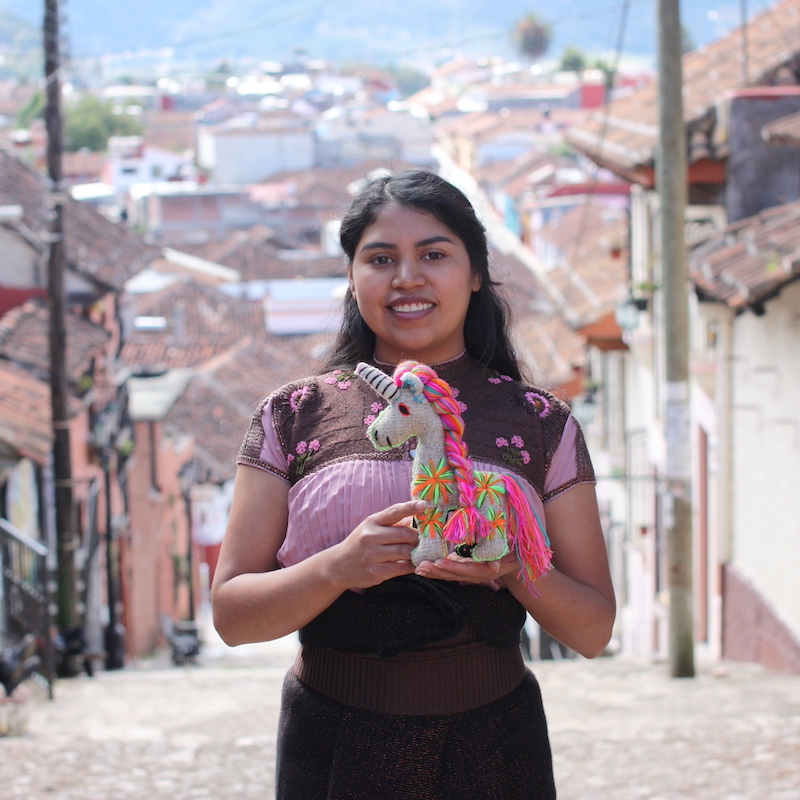
Beautiful work. Very creative
What talent it takes to make such beauty! I love that the process came from ancient Aztec artisans. 😍